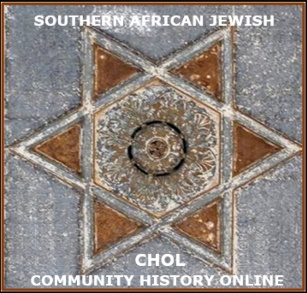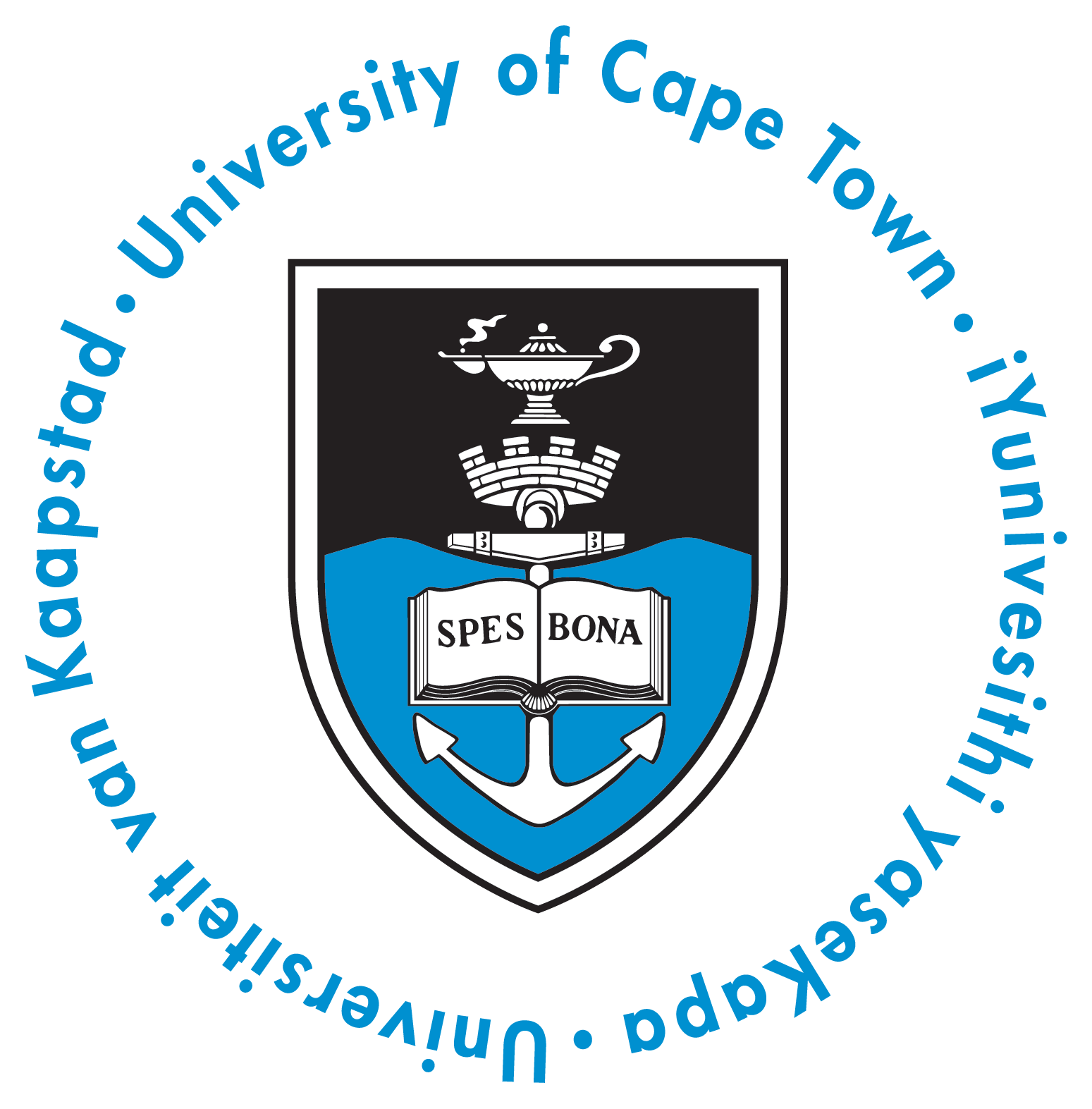
Oudtshoorn Jewish Community Timeline
1838 – The Dutch-speaking farmers inaugurated a small Dutch Reformed Church on the farm Hartebeest Rivier belonging to CJ Rademeyer.
1846 – This farm was surveyed into 476 water plots.
1847 – Oudtshoorn was named after the wife of the magistrate of George.
1850s – Immigrants arrive mainly from Germany and Britain. They were tradesmen and artisans and may have included Jews. The domestication of ostriches was pioneered in Oudtshoorn. The ostriches were farmed in large fenced-off areas and began breeding.
1869 – The invention of the ostrich egg incubator by Arthur Douglass reduced the hazards and increased production. Farmers grew lucerne to feed the ostriches.
1875 – A boom started in the ostrich feather industry.
1880s and 90s –Jewish immigrants escaping from the Pale of Settlement were enticed by the ostrich feather boom to try to improve their lot. They came to Oudtshoorn in large numbers, first from the larger town of Shavel, then from the nearby smaller village of Kelme, in the Kovno gubernya of Lithuania. They set themselves up as feather dealers, going to the Afrikaner farms where they bought the feathers, and then sold them to the dealers who exported them to the fashion industry in Europe and America. They established good relations with the Afrikaans-speaking farmers.
1884 – A Jewish Community was formed.
1886 – Their Afrikaner neighbours helped the first immigrants, mainly from Shavel, to acquire land and build a synagogue in Queen Street. It opened in 1888. It became known, by their opposition, as Der Englische Shul.
1890s – Many Jewish feather dealers also became ostrich farmers. They also engaged in other businesses, as travelling smouse, shopkeepers and hoteliers.
1892 – The newer, more fervently religious, immigrants from Kelme broke away and built their own synagogue in St Johns Street – known by the originals as Der Griener Shul.
1900 to 1914 – The heyday of the community and of the ostrich feather industry. There were 600 Jewish families. So vibrant was the Jewish community that the town was nicknamed Der Kleiner Yerushalayim beDerom Afrika (the little Jerusalem in Southern Africa). They worked hard and were innovators. Several became very wealthy – considered 'ostrich barons' who built 'ostrich palaces'.
1914 – At the beginning of the First World War the market for ostrich feathers suddenly vanished! Many ostrich merchants lost their fortunes and many Jews left the town to try elsewhere. Some stayed and diversified, finding new outlets for their talents and for ostriches in leather, meat and tourism.
1914-1945 – The two Jewish communities combined. Several Jews of Oudtshoorn served on the town council and as mayors. Politics was fraught, with Jews siding with the British against Afrikaner nationalists. They suffered antisemitism and arson attacks on their farms and businesses. But they were resilient.
1955 – There were only 150 Jewish families left.
1973 – St Johns Street Synagogue was closed. The ark and front pews modelled on those back home in Kelme, Lithuania, were carefully transferred to the local museum.
1984 – The Jewish community of Oudtshoorn held a very successful centenary celebration with many former members returning for the weekend (see Articles page).
2020s – Only a handful of families remain, some of whom are still ostrich farmers. Community life is still centred around the Synagogue in Queen Street (now Baron van Reede Street).
Read more about The Jewish Community – Oudtshoorn and Ostriches on the Articles page.
Read more about the shtetl of Kelme.


